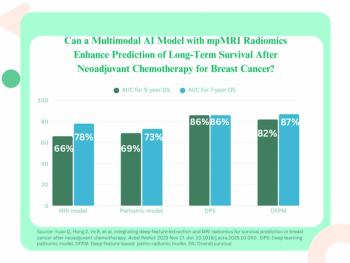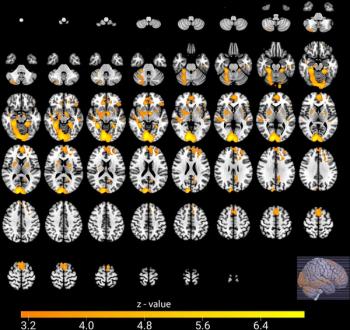
Gadolinium contrast may link to life-threatening condition
The FDA is advising caution in the use of gadolinium contrast agents with MRI in patients with advanced kidney failure.
The FDA is advising caution in the use of gadolinium contrast agents with MRI in patients with advanced kidney failure.
The warning came after the Danish Medicines Agency reported that 25 patients with kidney failure developed a condition called nephrogenic systemic fibrosis/nephrogenic fibrosis dermopathy (NSF/NFD). All had recently undergone MR angiography with the gadolinium contrast agent Omniscan at medical centers in Denmark and Austria.
The condition causes fibrosis of the skin and connective tissues throughout the body. Patients with NSF/NFD may lose mobility of joints, and the fibrosis could spread to other parts of the body. Treatment options are limited, and the condition can be fatal.
The potential link between contrast and NSF/NFD was reported in Nephrology, Dialysis and Transplantation in January.
The FDA advises that in patients with advanced kidney failure, defined as those requiring dialysis or with a glomerular filtration rate of 15 cc/min, gadolinium contrast should be used only if clearly necessary. If contrast is used, the minimum dose should be administered. It may be wise for the patient to then promptly undergo dialysis.
Five agents with gadolinium are approved for use in MR imaging in the U.S.: Omniscan, OptiMARK, Magnevist, ProHance, and MultiHance. The FDA has not approved gadolinium contrast agents for MRA, which can require three times the dose of MRI.
The FDA is now investigating all gadolinium contrast agents to determine whether they do in fact cause the condition in patients with renal failure, as this patient group was not typically represented in premarketing studies.
It's possible that other factors in the patients' histories caused NSF/NSFD, according to the FDA.
Cases of NSF/NFD should be reported to the
For more information, see the Diagnostic Imaging archives:
Newsletter
Stay at the forefront of radiology with the Diagnostic Imaging newsletter, delivering the latest news, clinical insights, and imaging advancements for today’s radiologists.



























